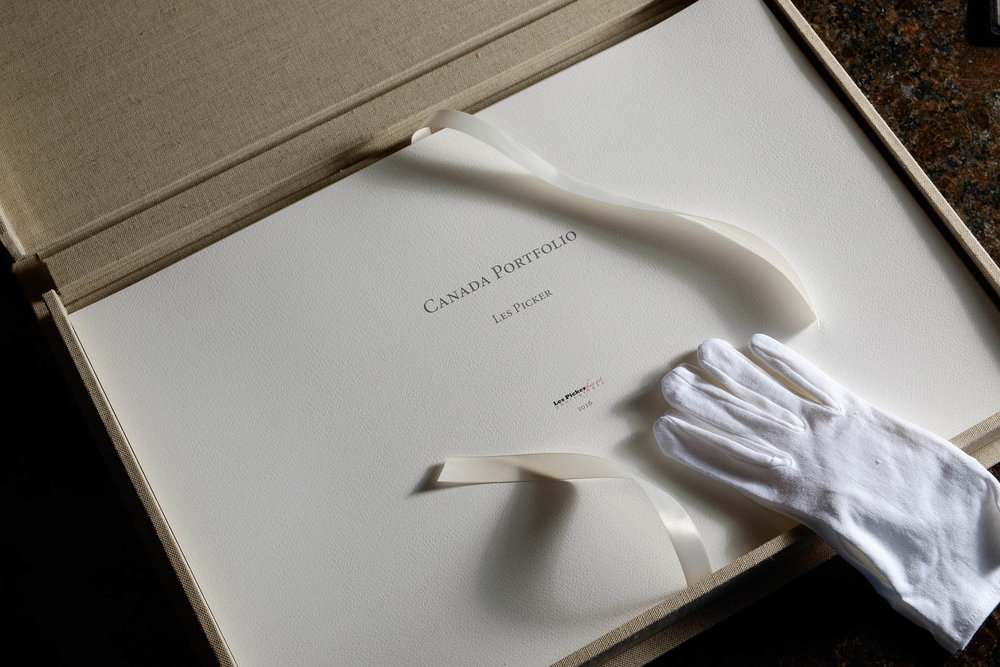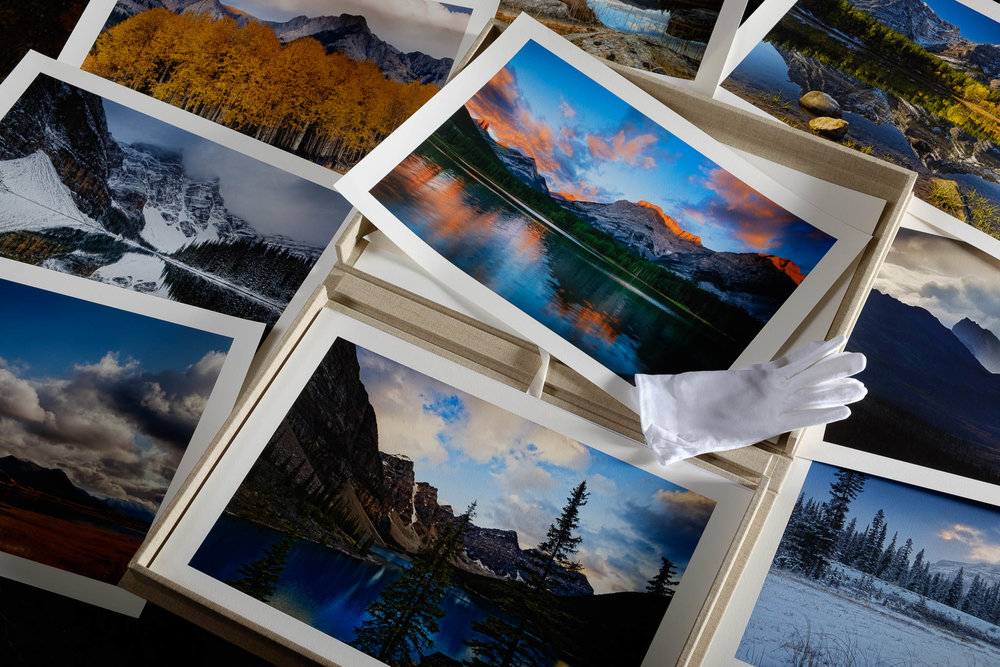Epson inkjet printers have been a staple in photographers’ studios for many years and with good reason. Each generation of hardware and inkset elevates photo printing to new standards. That trajectory continues with the SureColor P5000, Epson’s latest 17-inch desktop printer. (The company recently rebranded its familiar Stylus Photo/Stylus Pro lines under the SureColor banner to unify the brand globally.)
The SC P5000, the successor to the still-available Stylus Pro 4900, retails for $1,995 (Standard edition, reviewed here). Commercial and Designer editions are also available for $1,995 and $2,495, respectively.
Featuring a 10-color UltraChrome HDX pigment inkset, the P5000 utilizes 200mL cartridges, adding orange and green inks to the mix as well as cyan, light cyan, yellow, vivid magenta, vivid light magenta and three levels of black (Photo or Matte, light black and light light black). The printer is also equipped with two maintenance tanks for depositing excess ink, including one for borderless printing. Built-in roll printing and a high-capacity cassette complement front and top paper feeds. An optional SpectroProofer is also available.
Beyond additional inks, the P5000 offers a broader color gamut, 1.5x higher density black levels and twice the print permanence of its predecessor—up to 200 years for color and up to 400 years for black and white.
PRINT QUALITY
As expected, print quality is superb. I printed a variety of color and monochrome images on several different glossy and matte papers including Epson’s Legacy Platine and Moab’s brand new Entrada Rag Textured 300 (scroll down to see the sample image). Colors were beautifully rendered and there was no evidence of metamerism or gloss differential.
The only anomaly I noticed was that shadows were ever so slightly darker than anticipated, especially compared with the same image printed on the Epson Stylus Pro 3880 using the same color-calibrated monitor, same paper and the appropriate ICC profile. This is a result of the denser black inks, which also increase overall contrast, dynamic range and make prints appear sharper.
DESIGN
The SC P5000 is a beast, albeit a handsome one. It weighs almost 115 pounds and, with the exit tray closed, measures 34.0 x 30.2 x 15.9 inches. Unboxing and moving the printer to a sturdy table is definitely a two-person job. Setup is easy, albeit a little time-consuming; plan on 45 minutes to an hour, at best, until it’s ready to print.
This well-designed printer is equipped with Gigabit Ethernet and USB 2.0 ports, a built-in rotary cutter and a full-color LCD control panel to choose paper types and other settings. The latter, along with a large alert lamp on the top of the printer, provide important notifications about ink status, paper feed issues and more.
Speedy and quiet printing is the norm, although fan noise is noticeable when it kicks on. The fan is not exceedingly noisy, but I wouldn’t want to be next to it when making a phone call.
WHAT WE LIKED
Print quality is, of course, the main criterion and the SureColor P5000 output— color and monochrome—is gorgeous on a wide range of papers. Setting up and printing with roll paper is exceedingly easy and the user-replaceable rotary cutter produces clean and smooth cuts. It’s perfect for printing panoramas.
Dust protection is a bonus and eliminates the need to find a large dust cover for the entire machine (I don’t mind dusting the outside but always worry about dust reaching the feeds, rollers, etc.). And the user alerts are very helpful since the control panel explains exactly what’s wrong.
WHAT WE DIDN’T LIKE
I only have a few complaints. Marring the overall excellent build quality is the plastic output tray. It doesn’t slide smoothly in or out of the main body and although I don’t think it will break, moving the tray requires a little bit of jiggling. The tray is also a little short for larger/longer prints and there’s no catch basket, so your panorama print will likely end up on the floor if you’re not there to grab it.
The front sheet feed also requires a bit of finessing to precisely align the paper since there’s only a mark (rather than physical guides) to place the media.
And, yes, switching between black inks gobbles up some of that liquid gold. Epson doesn’t release any numbers for how much ink is used in the switching process and I’m unable to quantify it, but it’s visible in the ink level gauge on the control panel.
HOW IT COMPARES
There’s little competition in the 17-inch desktop inkjet printer market. The closest match to the Epson SureColor P5000 (or P4900) is probably the older, 17-inch, 12-color Canon imagePROGRAF PF5100. Paper handling options are the same as the Epson, but the $2,100 iPF5100 has built-in calibration, which is nice. If you don’t print in large quantities, can forgo cassette and roll paper feeds but want wireless connectivity, the $1,300 Canon imagePROGRAF PRO-1000 is a compelling, budget-friendly output option.







































